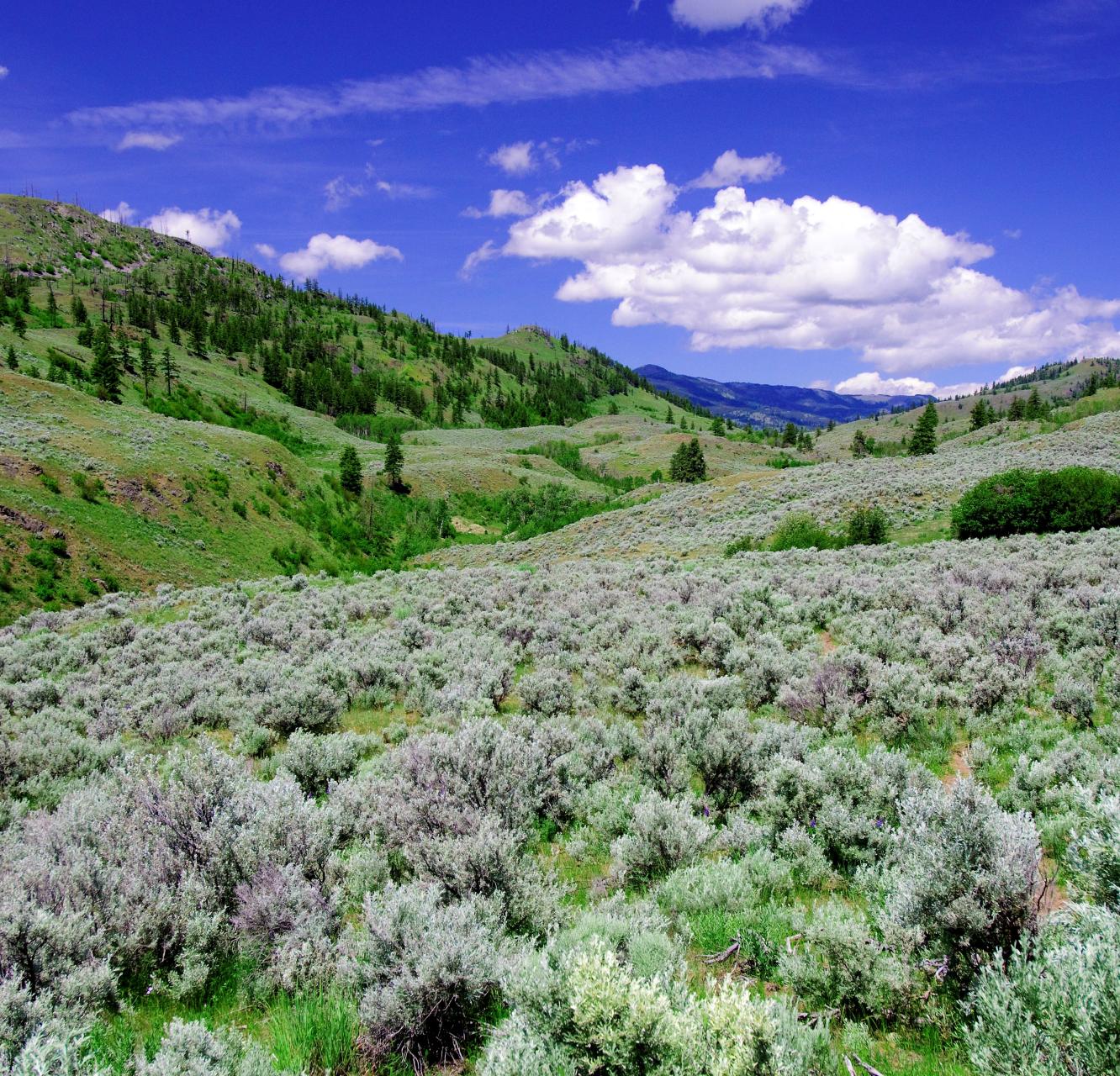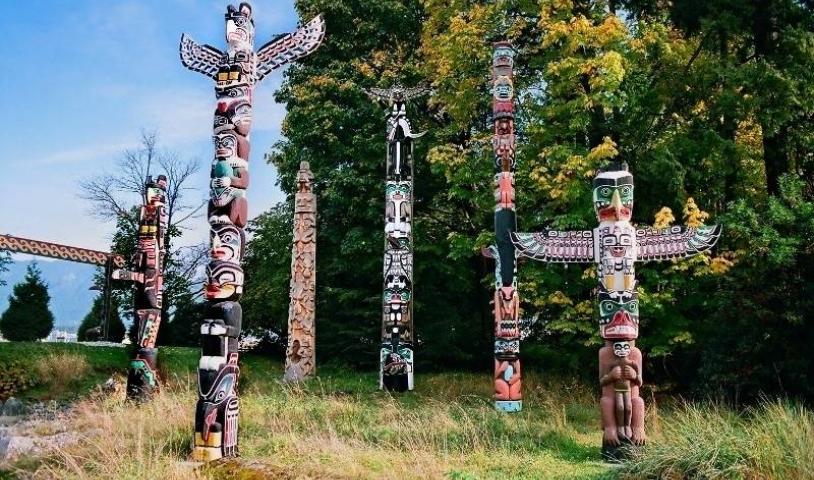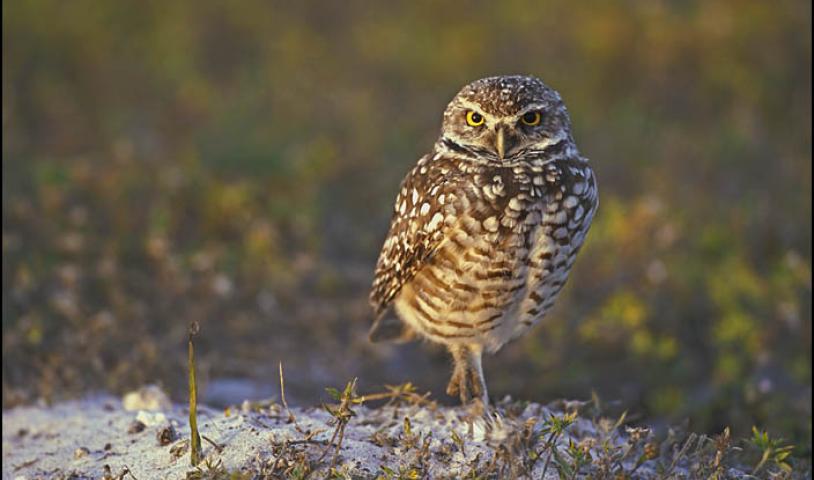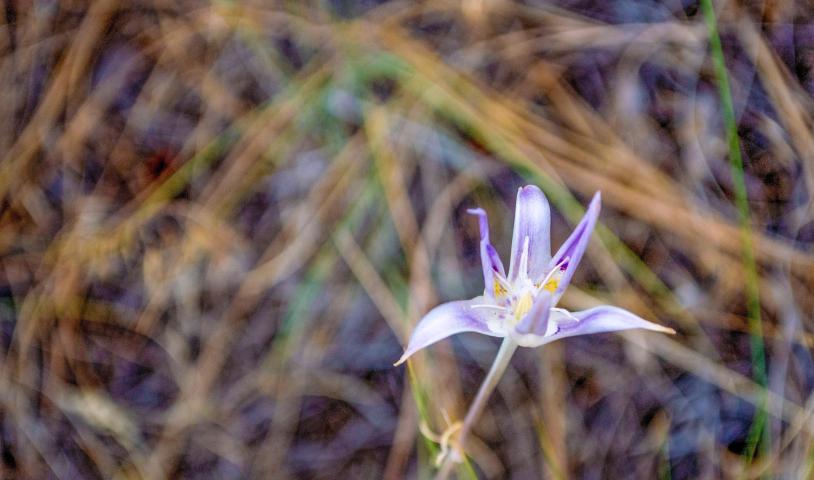Conservationists present urgent call for establishment of National Park
Wednesday, June 9, 2010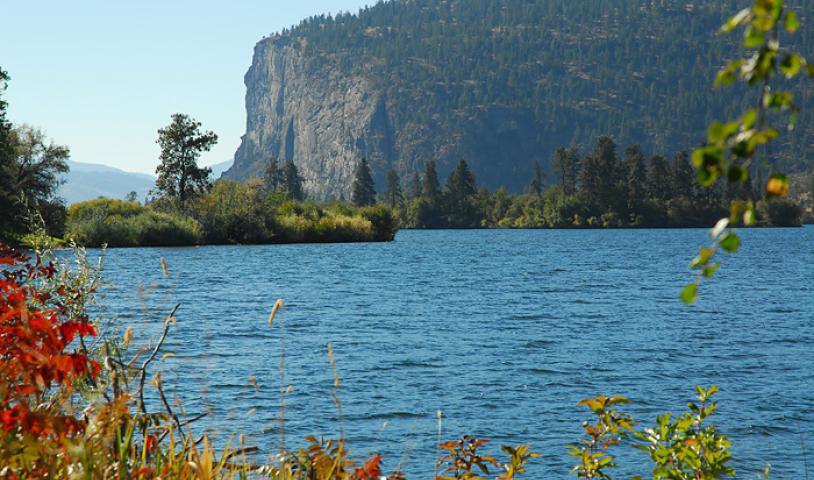
A rolling landscape of windswept grasses where deer leap and bound towards the horizon.
Mountaintop lakes the colour of sapphires bubbling with unique salts and bacteria.
Towering ponderosa pine trees providing deep shade to birds, mammals and amphibians found nowhere else in the world.
These are some of the characteristics of the South Okanagan and Similkameen valleys which conservationists say must be protected with the establishment of a proposed national park before development and climate change alter this part of the world forever.
On June 3, representatives from the Canadian Parks and Wilderness Society, the Western Canada Wilderness Committee and the South Okanagan Similkameen National Park Network hosted a tour of the areas where Parks Canada is considering creating a national park.
Their message was that a national park must be established here as soon as possible because sensitive grasslands and other ecosystems, as well as the plants and animals living within them, could disappear very quickly in the face of escalating development and encroaching human activity in this area.
“There’s a sense of urgency here,” said Bob Lincoln, a retired head of the B.C. Environment Ministry’s wildlife section for the Okanagan region. “I heard on the news just recently that B.C. is the fastest developing province in Canada. People are moving here in droves and opportunities to conserve this kind of very sensitive habitat that is so valuable to everybody is rapidly being forfeit.
“Time is running out.”
Going on eight years
In October, 2003, following the signing of a memorandum of understanding between the governments of British Columbia and Canada, Parks Canada began looking into the feasibility of creating a national park reserve in the South Okanagan-Similkameen region.
A draft “park concept” document issued in 2006 indicated that Parks Canada hoped to include the South Okanagan Grasslands protected areas just west of Osoyoos adjacent to the Kilpoola area and Mount Kobau, as well as the Snowy Protected Area south of Keremeos.
A park including all those areas would be about 22,000 hectares in size.
The draft concept also included areas that could become “potential future additions” west of Oliver and in the Similkameen Valley, as well as lands around Vaseux Lake and White Lake where Parks Canada could partner with other groups for land conservation purposes.
Consultations were held between Parks Canada and local groups that would be affected by a national park in this area and in 2008, open houses were held in various communities throughout the South Okanagan and Similkameen valleys.
Since the feasibility study began, a number of concerns about the park concept have arisen.
There are fears that the park would mean that ranchers’ grazing tenures on Crown lands would be forfeited, certain recreational activities, including the use of some motorized vehicles, would be prohibited in a national park, hunting would be prohibited within park boundaries and people would have to pay fees to enter areas that had previously been open to the public for free.
In May of 2008, any advancement of the park agenda seemed to grind to a halt when local First Nations communities, including the Okanagan Nation Alliance, voiced strong opposition to the national park concept, mainly on the grounds that the federal government was excluding Aboriginal leaders from park consultations.
Pros over cons
Lincoln said much has changed, however, in the past two years and Parks Canada is being “flexible” when it comes to many of the concerns brought up by “stakeholders” that would be affected by the park.
In his opinion, the park would be the most beneficial to those who are the most concerned about it.
For one thing, Lincoln said the park is going to be good for ranchers.
“A national park has the opportunity to do three things for ranchers,” he said. “One is to raise the profile of ranching which has been a very major contributor to our cultural heritage, but it will also preserve what ranchers have been struggling to do their whole entire careers which is manage the grasslands. They don’t want to see it all subdivided up into little 10-acre ranchettes anymore than you or I do. Whereas a national park will conserve their life’s work. But most importantly, it’ll enhance the real estate values for ranches. That is, it puts a new player on the market to buy ranches.
“Any of the ranches that are in the park proposal area can be looking at a golden future with the prospects of a national park being created.”
Lincoln added that ranchers would never be forced to give up their lands if a park was established.
Instead, he said, ranchers would be approached on a “willing seller, willing buyer basis.”
“If ranchers are reaching the end of their working life and they want to get out of it, they’ve got an opportunity, if they’re within the park proposal area, to see their life’s work perpetuated in a national park. Not to see it subdivided into little ranchettes and housing divisions.”
The park will also be good for hunters, Lincoln said.
“For all the decades that I’ve worked with hunters, they all attributed the characteristic of being conservationists first and hunters second. That’s been the credo every since I worked with hunters. There is no place in the whole of Canada that warrants conservation more than this very area here. For a small sacrifice in the convenience of hunting very, very close to home and for not a very high success rate, they get tremendous value in supporting a national park by cementing their characterization as being conservationists first.”
Lincoln said he also feels a park would benefit First Nations groups too by providing local bands with employment, a basis for future treaties with federal and provincial governments and a platform to provide information on local First Nations culture.
When asked how Parks Canada should engage the park’s opponents, Lincoln said if Parks Canada focuses on the grasslands area and people become “comfortable with having a park in their back doorstep and see that it’s not as bad as their fears might originally been, then there’s a possibility it’d be easier to reach a consensus on developing the full scope of what Parks Canada originally proposed.”
The next step in the process, he said, is to “establish a good, positive supportive relationship with the First Nations community.”
Aside from addressing the concerns of park opponents, Lincoln said there are even more important reasons for creating a national park here.
One of the biggest for him is ecosystem conservation, especially since there are nearly 50 endangered species living in this area.
The South Okanagan area is part of a long and narrow corridor that plants and animals migrate through, Lincoln said, and there is a great need for “maintaining the continuity of this ecological corridor between the dry grasslands of the south all the way up to Kelowna, North Okanagan, into the Nicola grasslands, the Thompson grasslands, the Fraser grasslands all the way to the Chilcotin.
“As climate changes, this is the corridor through which dry-adapted plants and animals will have to move,” he said. “That’s happening right now. Species are moving up this corridor so we’ve got to maintain the continuity of that corridor. And this national park will be a big keystone in sustaining that corridor.”
He added that the areas considered for inclusion in the national park are adjacent to other conservation areas across B.C. and in Washington state.
A national park, Lincoln said, would also be beneficial for land management processes, since the province does not have the cash to manage the “protected areas” adequately.
Right now, he said, there is one person monitoring the entire South Okanagan, whereas the federal government would have the money and resources to thoroughly manage the area.
Survey says…
It would seem that a good number of people share Lincoln’s feelings about the park concept.
According to a public opinion study on local support for a national park in the area conducted from May 26 to May 31, 2010, by McAllister Opinion Polls, 63 per cent of the 405 South Okanagan-Similkameen region residents polled in a random telephone survey indicated they “strongly favour” protecting a portion of the region in a national park while 26 per cent opposed the idea.
The study also reveals that the number one issue South Okanagan-Similkameen residents are concerned about is the environment at 17 per cent, followed by water shortages and water quality at 14 per cent and the economy at 12 per cent.
When asked if “it is important to protect the natural ecosystem, plant and wildlife species in the South Okanagan in order to maintain our quality of life here,” 95 per cent of the people surveyed said they totally agree while three per cent said they totally disagree.
Parks Canada speaks
Debbie Clarke, Parks Canada’s project manager for the feasibility study, confirmed Lincoln’s suggestions that the federal government is moving in a slightly different direction when it comes to the national park concept.
She said that Parks Canada has shifted its focus on where it hopes to establish a park in this area.
“Work over the past two years has focused on the area around South Okanagan Grasslands Protected Area, and the federal lands around Vaseux Lake,” she said in an email. “These areas represent the rolling grasslands and dry forests currently missing from Canada’s national park system.
“These unique ecosystems are disappearing quickly in this region.”
Clarke also said that for the past two years, Parks Canada has been focused “on refining the draft park proposal to respond to concerns raised by First Nations, the ranching community, and other stakeholders.”
“Parks Canada is committed to further engaging communities to build a shared vision.”
When asked where relations between Parks Canada and local First Nations communities stand, Clarke said the “priority is to respectfully seek a renewed dialogue with the Okanagan First Nations, to work together to develop a proposal that reflects the interests of the Syilx people, as well as local communities.”
“From Parks Canada’s perspective, there would be tremendous opportunity to work together to develop and manage a national park reserve that integrates traditional knowledge and indigenous perspectives with science-informed management,” she said. “We are continuing efforts to build a strong and lasting relationship.”
Time to get started
Part of the tour local media participated in on June 3 included a helicopter flight over the South Okanagan Grasslands Protected areas as well as the protected areas around Vaseux Lake and White Lake.
While recognizing the beauty of the region is inescapable, there are also signs of trouble that Lincoln was quick to point out.
Mountaintop lakes are drying out due to a series of recent drought years.
Tire tracks from motorized vehicles are evident, even from the air, on sensitive lakeshores.
And there is fire damage in many places, something Lincoln said could be avoided with prescribed burns carried out through proper management of these lands.
If a park isn’t established soon, the entire character of the South Okanagan and Lower Similkameen valleys could change, Lincoln said.
There is already tremendous pressure to develop in areas being considered for inclusion in the park, he added.
Harry Nielsen, who lives in the Kilpoola area at the very doorstep of the South Okanagan Grasslands Protected Area, said there was recent interest from a developer to build at least 100 new homes in the Kilpoola area.
Nielsen rides his horse through the protected area south of Kilpoola on a regular basis and serves as an unofficial guardian of the area.
He is in favour of the park concept, even though he participated in the Land and Resource Management Plan (LRMP) process, a process some park opponents feel is adequate to protect the lands being considered for inclusion in the park.
Even though the LRMP process protected the area from mining and logging, it doesn’t go far enough to conserve the lands, he said.
Since the LRMP process is a provincial one, Nielsen said there simply aren’t enough resources coming out of Victoria to protect the grasslands, especially when BC Parks has one person managing the entire South Okanagan.
Lincoln said Parks Canada has all the information it needs to proceed with establishing a park and the time is ripe to get the job done.
“It’s time for them to sit down and balance out all those pros and cons and come to a decision as to whether they’ll recommend it (the park) or not.”
Doreen Olson, a coordinator for the South Okanagan Similkameen National Park Network, echoes Lincoln’s sentiment that now is the time for Parks Canada to kick its efforts here into high gear.
That, she said, was the reason for the media tour.
“We felt that there was a need for the media to have a field trip to see the area that is being considered for the South Okanagan Similkameen National Park Reserve,” she said. “We also feel that the study has taken too long and while we wait important land is being lost to subdivision. It is imperative that this area have the protection and connectivity that a National Park could provide before it is too late.
“Our communities are left divided and with uncertainty. It is time for government to make a decision.”
